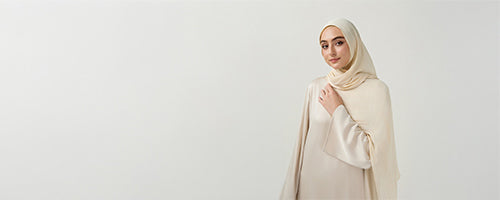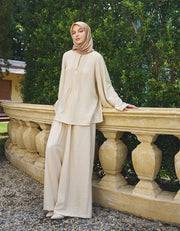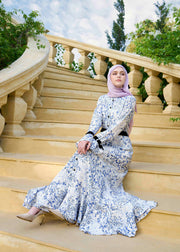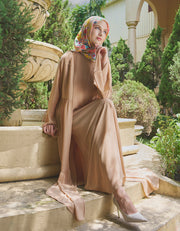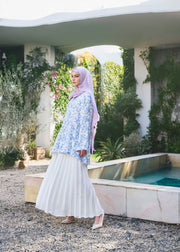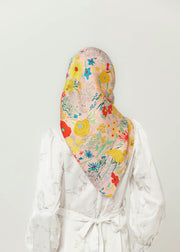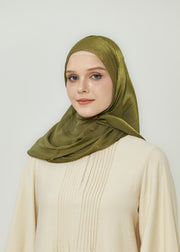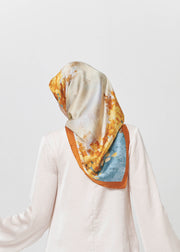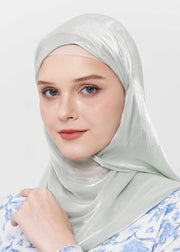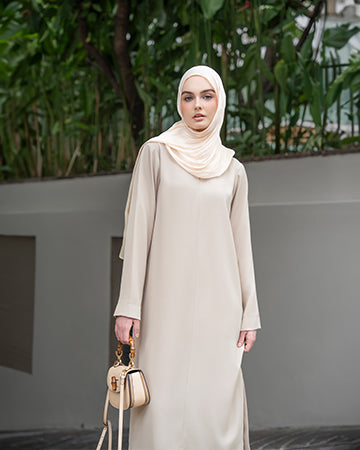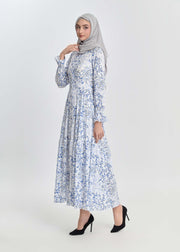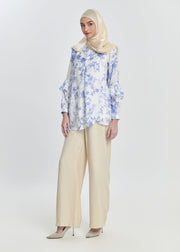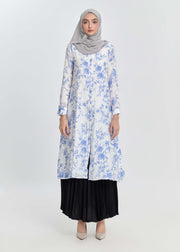The Rise of Islamic Streetwear in Global Fashion Trends
In recent years, Islamic streetwear has emerged as a powerful movement in the global fashion scene. Blending modest fashion principles with urban aesthetics, it’s not just a clothing trend — it’s a cultural shift. This fusion of faith and fashion is reshaping how modesty is perceived in the world of style.
What Is Islamic Streetwear?
Islamic streetwear refers to clothing that merges the modesty guidelines of Islamic fashion with the edgy, relaxed, and often experimental styles of streetwear. This can include oversized silhouettes, hoodies, long tunics, cargo pants, abayas with sneakers, and hijabs styled with graphic prints or logos. The key is maintaining coverage while embracing a contemporary, expressive vibe.
Unlike traditional Islamic wear, streetwear-inspired modest fashion offers room for personal identity and urban culture to shine through — all while respecting religious values.
What Is Islamic Streetwear?
Why Is Islamic Streetwear Gaining Global Attention?
The Demand for Modest Fashion
The modest fashion industry is booming. According to a report by DinarStandard, Muslim consumer spending on fashion was over $277 billion in 2021 and is expected to continue growing. Muslim millennials and Gen Zs are increasingly looking for fashion that reflects both their faith and their style preferences.
Social Media and Influencers
Muslim fashion influencers and content creators have played a significant role in amplifying Islamic streetwear. Platforms like Instagram, TikTok, and Pinterest are filled with outfit inspiration, styling tips, and brand shout-outs. From London to Jakarta, influencers are showcasing how modest clothing can be both stylish and expressive.
Mainstream Fashion Embracing Diversity
Luxury and mainstream fashion brands are beginning to recognize the value of inclusivity. Collaborations between Islamic designers and major brands (like Nike’s Pro Hijab or Uniqlo’s partnership with Hana Tajima) have given Islamic streetwear greater visibility on global runways and retail platforms.
Elements That Define Islamic Streetwear
While Islamic streetwear varies across cultures, there are a few core elements that define the style:
-
Oversized Fits: Loose clothing that ensures modesty while staying on-trend.
-
Layering: Shirts over turtlenecks, long coats over abayas, and hoodies paired with maxi skirts.
-
Hijab Styling: From turban-style wraps to draped shawls, hijab is a central element of the look.
-
Neutral and Earthy Tones: Many Islamic streetwear outfits use subtle tones like beige, olive, gray, and black for a minimalistic touch.
-
Bold Prints and Graphics: Statement pieces with calligraphy, slogans, or symbolic art are common.
Regional Influences on Islamic Streetwear
Islamic streetwear is shaped by local cultures and fashion scenes. Let’s explore how it differs around the world:
Middle East
In countries like the UAE and Saudi Arabia, Islamic streetwear blends traditional garments like the abaya or thobe with luxury streetwear items. It's not unusual to see flowing robes paired with high-end sneakers.
Southeast Asia
In Malaysia and Indonesia, where the modest fashion scene is vibrant, brands often incorporate local textiles and patterns into their designs. Bright colors and playful layering are common.
Western Countries
Muslims in the US, UK, Canada, and France are driving a new wave of Islamic streetwear that merges Western street culture with faith. This includes hoodies with Arabic script, modest tracksuits, and bucket hats paired with jilbabs.
The Impact of Islamic Streetwear on Fashion Identity
The impact of Islamic streetwear on fashion identity is profound, especially for many young Muslims who see it as more than just a clothing preference — it's a powerful expression of who they are. It enables them to assert their individuality while remaining deeply connected to their faith. Through this style, they can engage with contemporary fashion culture without compromising their values, fostering a sense of inclusion and representation. Moreover, Islamic streetwear challenges long-standing stereotypes about Muslim attire, presenting Muslim women and men not as constrained by tradition, but as forward-thinking contributors to modern style and cultural innovation.
Challenges and Future Outlook
While the growth is exciting, there are challenges. Some mainstream brands may commercialize modest fashion without truly understanding its cultural or religious significance. Representation also remains an issue, particularly in runway shows and media campaigns.
Despite these hurdles, the future of Islamic streetwear is promising. As consumer demand grows and more designers enter the scene, we can expect to see even more creative, inclusive, and boundary-pushing designs.
Challenges and Future Outlook
Discover Your Islamic Streetwear Style with Minnaba
Whether you’re new to modest fashion or a long-time lover of streetwear, finding your personal style is a journey. At Minnaba, we celebrate the beauty of modesty and the power of self-expression. Our curated collections blend modern aesthetics with timeless values, helping you look confident, covered, and effortlessly stylish.
Explore the Minnaba collection today — where modest meets modern.

